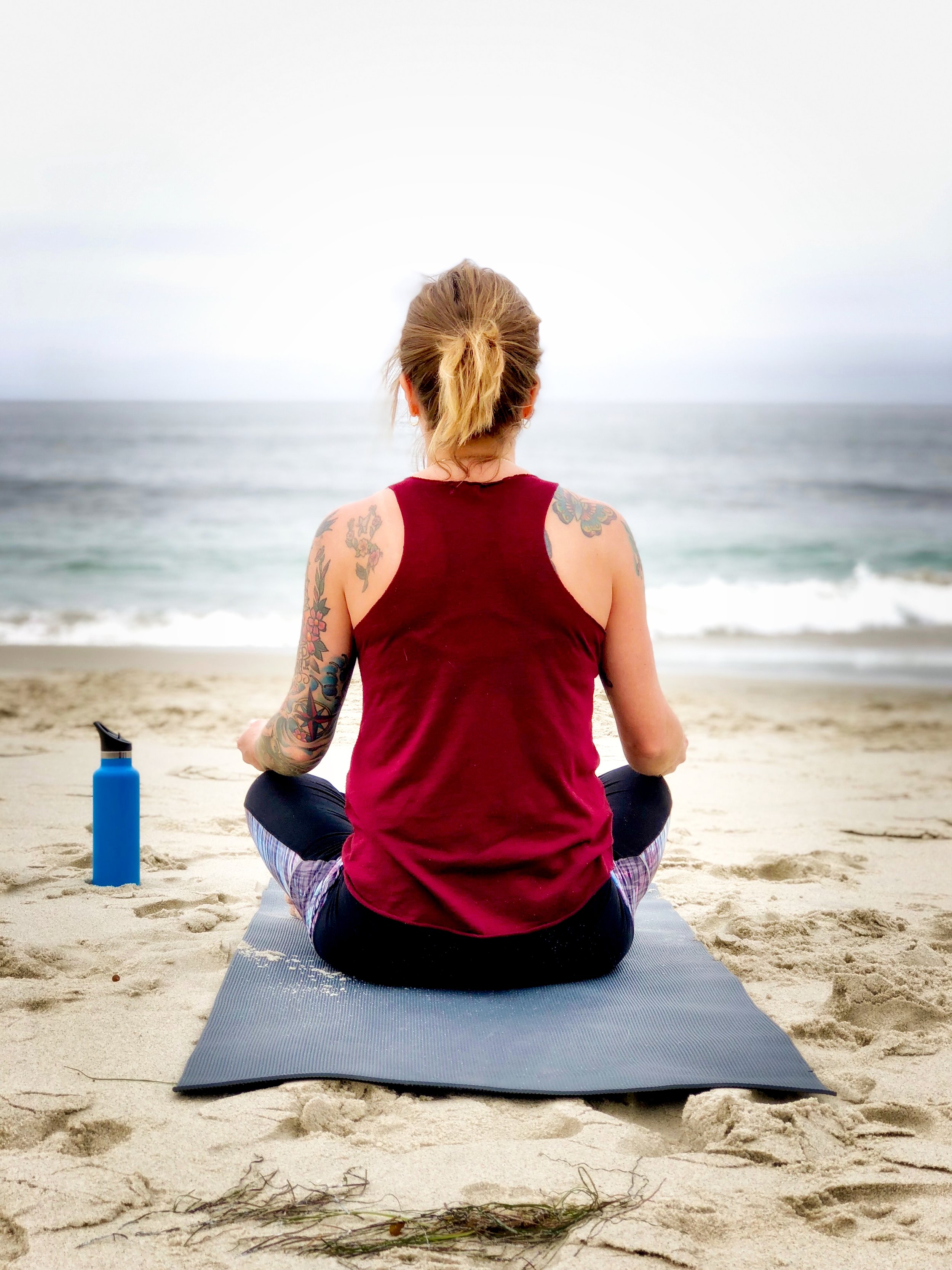The lived experience is the conscious, individual’s perception of learning and practicing the Alexander Technique - with as little Alexander jargon, vagueness, or pedagogical explanation as possible.
To capture this in words is a true challenge. One worth pursuing because it brings clarity to the person who attempts it on how they are thinking in activity; and it simultaneously helps move the conversation forwards for us all - towards a greater shared understanding of the many elements of experience common between us.
It requires honesty, self-confidence to be vulnerable, effort to see things as they are rather than as one wants them to be, belief that continued growth is possible, and perhaps most of all, clear, articulate thinking.
Below is a short, remarkable piece by a student of mine who gave it a go.
Pause To Curiosity
By: Joshua Cronkhite
It’s funny how I always assume I’m right and that if things aren’t working, it's just because I haven’t doubled-down hard enough.
I’m unloading the dishwasher and my back is suddenly quite tight. Is it me or some ghost? “Him” whom I attach all my problems to? It certainly isn’t me.
I know how to use my body. Do I? Of course I do, ridiculous question. The tightness is turning to pain now. I can feel my emotions turning to rage, too.
I am being defeated by some cups and cutlery.
The way out starts with curiosity. So, I pause and get interested.
Pause; smile. I don’t judge or shame my behaviour. Getting the emotions re-involved at this point cuts off that little isthmus of space I’m attempting to allow between me and my behaviours, actions, or habits.
I start to get a more accurate picture of myself; blinders-on, bulldozing my way through. I’m not really breathing either, apparently. Okay, fine this one might be me.
I allow this pause to develop, the curiosity grows. What is my back doing? It feels scrunched, pushed down like a discarded coke can. My head and neck are like this, too. Strange. An urge to bulldoze again. Pause; kind curiosity, proceed.
I feel like a scientist. I begin to wonder if this can change, I obviously got here so it stands to reason I can reverse out. Outwardly this unique type of inaction and passivity may be mistaken for indifference --it is not. I am trying to cultivate an environment where these changes, this step out of the habitual, can occur. This is analogous to how inorganic molecules and forces allow the conditions for life to exist and evolve.
At this point I begin to think very precisely. I find that when I’ve cultivated this state of peaceful detachment my mind and body become like a river; with the right thoughts I am able to, like water, find the path of least resistance. I can flow, less and less staccato. Let me keep in this attitude of peaceful detachment with my thoughts, try not to bull-doze with certainty and let them affect me. Now, with the groundwork laid, the first thought enters:
My neck is freeing. Maintaining an open focus on my body and surroundings, (without stress over the efficacy of that last thought), I allow the next thought to enter; the isthmus grows.
Allowing my head to go forward and up. I can feel something shifting, the urge to preemptively bulldoze and mechanically speed this along is strong. I cave a little to the temptation. Mistake, it doesn’t work. Run the process again, it’s a game --stay playful, stay curious. I pause, breathe, and add one more thought. Allowing my back to lengthen and widen.
There, a shift --it happens to me. What ‘it’ is I’m unsure, it feels as though my upper body sprouts upwards delicately like the stem of a rose on time-lapse. Poised. Alert.
I get a little too excited at this point and try and bulldoze my way to more of this feeling, my state regresses. So again I pause to curiosity, allowing the isthmus to grow, to open awareness to thinking.
This is the game I run whenever I can.





















